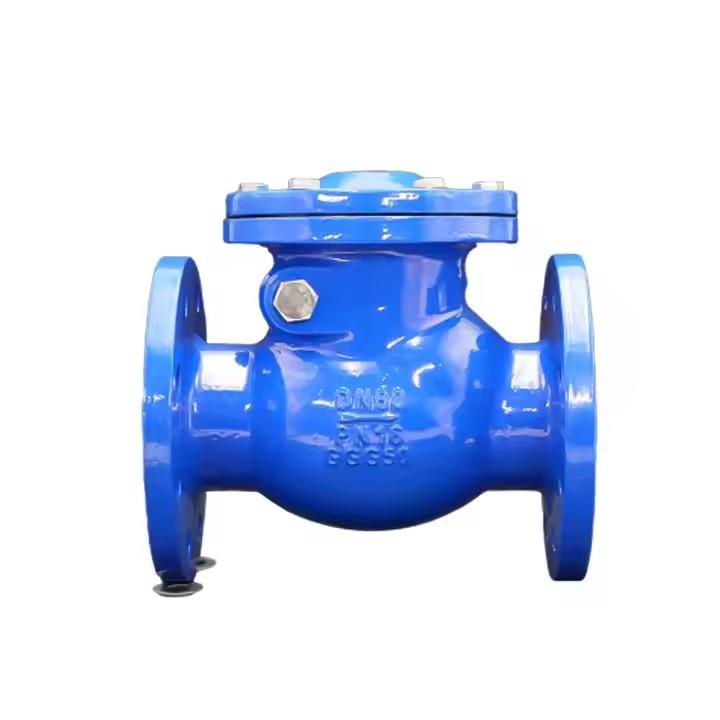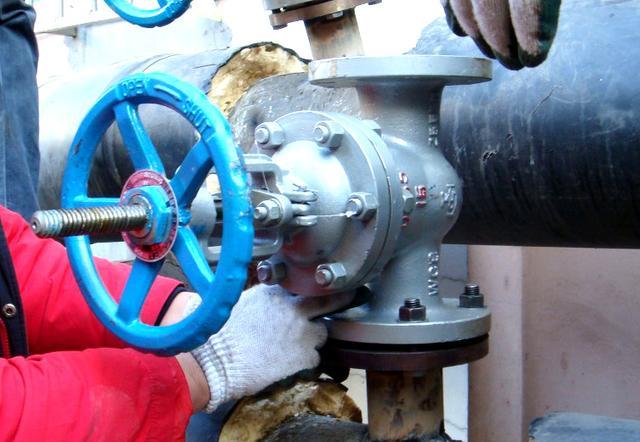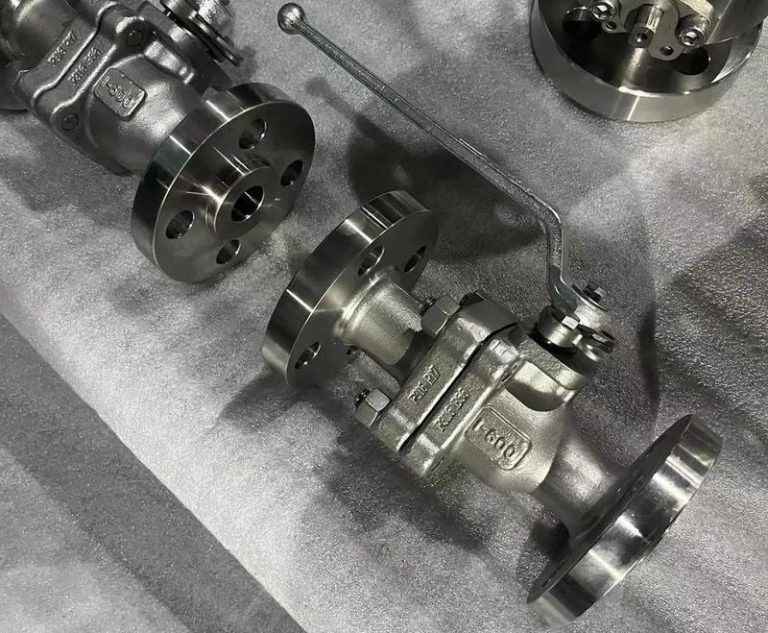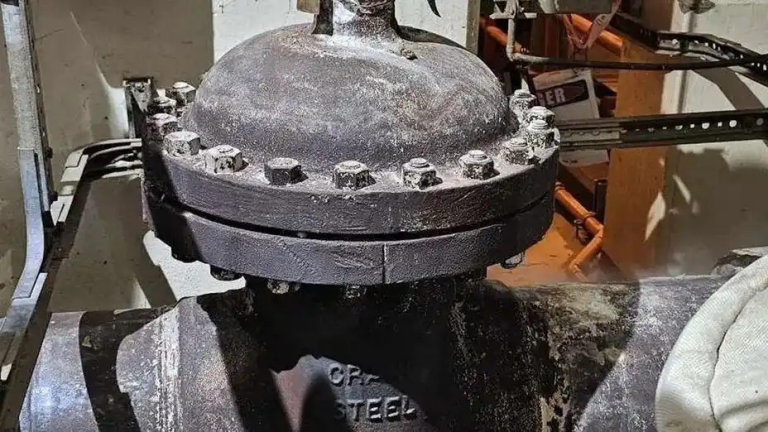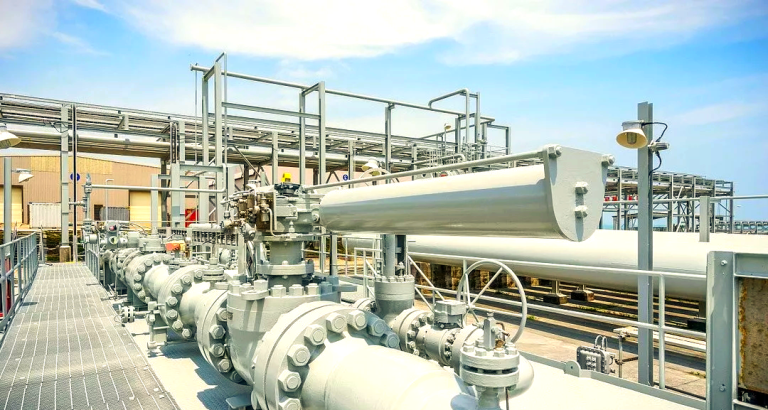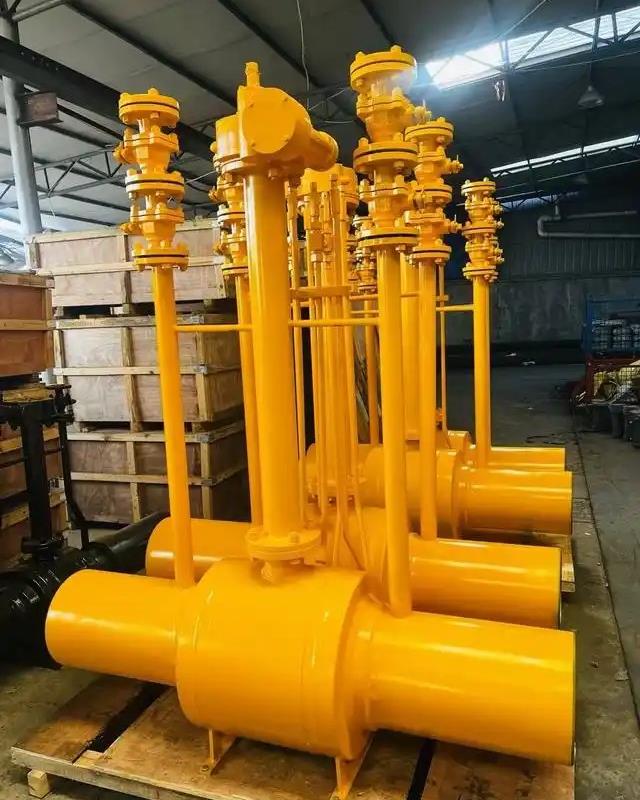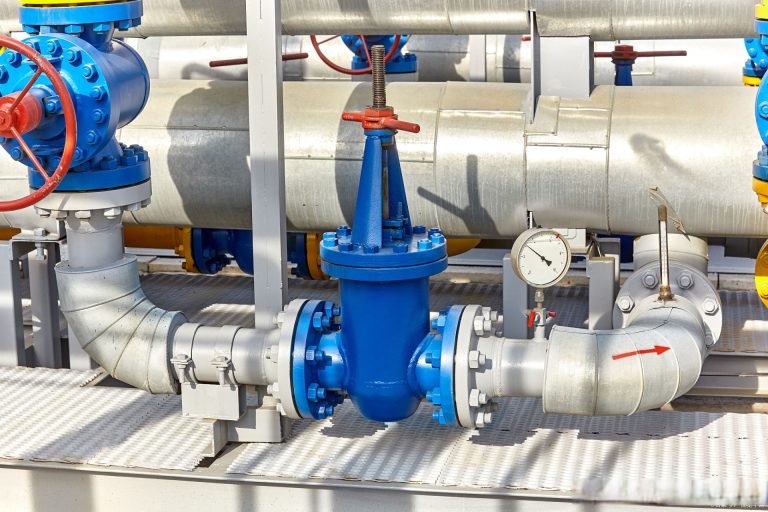Vacuum Valve: Design Principles and Selection Tips

What is a vacuum valve?
A vacuum valve is a component in a vacuum system used to change the direction of gas flow, regulate gas flow rate, or cut off/connect pipelines. The closing member of a vacuum valve is sealed with a rubber or metal gasket. Valve seal is critical for vacuum valves: while materials like rubber and metal soft pads are commonly used, the specific working conditions (e.g., temperature, pressure, medium) must be considered to ensure long-term reliability.
Importance and merits of the vacuum valve.
Vacuum valves are widely used in semiconductor, optoelectronics, vacuum thin-film coating, vacuum freezing, and vacuum heat-treatment industries. Their roles are indispensable:
- In semiconductor manufacturing, they control gas flow to ensure process stability and reliability.
- In optoelectronics, they regulate parameters like brightness and color of light .
Types of vacuum valves and their applications.
- Isolation Valves: Used to isolate or connect vacuum zones. Common types include gate valves (suitable for fully open/closed states) and angle valves (suitable for frequent switching).
- Control Valves: Used to regulate gas flow and pressure. Common types include vacuum ball valves and vacuum butterfly valves.
- Transfer Valves: Used to transfer wafers between chambers while maintaining a vacuum environment.
Driving method of vacuum valves.
Common driving methods for vacuum valves include manual, pneumatic, electric, and electromagnetic actuation.
- Manual Drive: Simple in structure and easy to maintain; however, it has low operational efficiency and is not suitable for automated production.
- Pneumatic Drive: Compact in structure and enables fast power switching; the drawback is the need for a compressed air source. It is suitable for medium-to-large vacuum systems and complex multi-valve applications.
- Electric Drive: Convenient, efficient, and suitable for remote control and automated operations; the disadvantage is the requirement for a power supply. It is applied in automated systems for medium-to-large industrial applications.
- Solenoid Drive: Features rapid response and high control precision; however, it has a higher cost. It is used in complex working environments requiring high-precision control.
Differences between vacuum valves and common valves.
Common vacuum valves include vacuum ball valves, vacuum butterfly valves, and vacuum diaphragm valves. Common valves like check valves, gate valves, and globe valves can all be manufactured as vacuum or conventional valves.
- Design: Externally similar, but vacuum valves differ in connection design details.
- Key Characteristics:
- Operate under atmospheric pressure, with a pressure drop on the valve disc ≤1 kgf/cm².
- Working temperature typically ranges from -70°C to +150°C (depending on the process).
- Require high sealing integrity and dense materials for gaskets and structures.
- Pressure Groups:
- Low-vacuum valves: Pressure p=760∼1mmHg;
- Medium-vacuum valves: p=1×10−3mmHg;
- High-vacuum valves: p=1×10−4∼1×10−7mmHg;
- Ultrahigh-vacuum valves: p≤1×10−8mmHg.
- Structural Preferences: Vacuum bellows globe valves with linear stem motion are widely used. Gate valves have limitations, but ball valves, piston valves, and butterfly valves are suitable for large diameters.
Design principles for vacuum valves.
- Superior Sealing: Low leakage rates at both the valve disc and body.
- Wear Resistance: Durable sealing components (e.g., valve seats and discs) for long service life.
- High Conductance: Efficient gas flow through the valve.
- Material Requirements: Low saturated vapor pressure, high corrosion resistance, and chemical stability.
- Bakeout Resistance: Ultrahigh-vacuum valves must withstand baking (typically ≥150°C, up to 450°C).
- Simple Structure: Easy operation, clear open/closed indicators, lifting devices for large valves, and accessible maintenance.
- Manufacturing Feasibility: Advanced surface treatment and compliance with vacuum flange standards.
Key considerations for selecting vacuum valves
- Vacuum range required for the application.
- Pressure differential across the valve when closed.
- Leakage rate tolerance.
- Maximum bakeout temperature.
- Ambient temperature limits.
- Service life (cycles of opening/closing).
- For ultrahigh-vacuum metal valves: Allowed heating and cooling rates.


